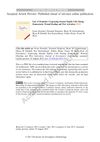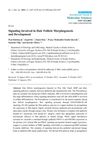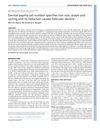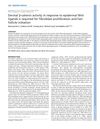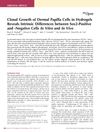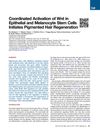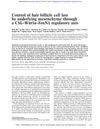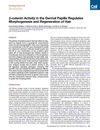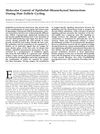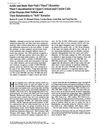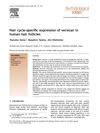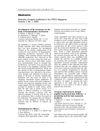CD133-Positive Dermal Papilla-Derived Wnt Ligands Regulate Postnatal Hair Growth
July 2016
in “
Biochemical Journal
”
CD133-positive dermal papilla Wnt ligands postnatal hair growth Wntless gene hair follicle regression anagen DP marker matrix keratinocytes melanocytes mesenchyme-epithelial signaling hair growth regeneration CD133+ DP cells Wnt proteins Wls gene hair follicle shrinkage hair growth markers skin cells pigment cells cell signaling hair regrowth
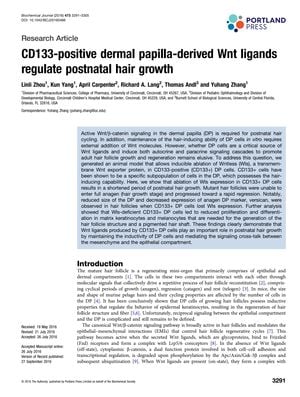
TLDR Wnt proteins from certain skin cells are crucial for normal hair growth and renewal.
The 2016 study explored the importance of Wnt ligands from CD133-positive dermal papilla (DP) cells in postnatal hair growth. Researchers used a mouse model to ablate the Wntless (Wls) gene, which is crucial for Wnt protein secretion, in CD133+ DP cells. The ablation resulted in a shortened hair growth period, premature hair follicle regression, and a decrease in DP size and anagen DP marker expression. The Wls-deficient CD133+ DP cells showed reduced proliferation and differentiation in matrix keratinocytes and melanocytes. The study concluded that Wnt ligands from CD133+ DP cells are essential for maintaining DP cell inductivity and mediating mesenchyme-epithelial signaling, which is necessary for hair growth and regeneration. The number of hair follicles analyzed in the study was 30 for both control and mutant mice, and the sample size for the genetic modification groups was n = 3 each.
